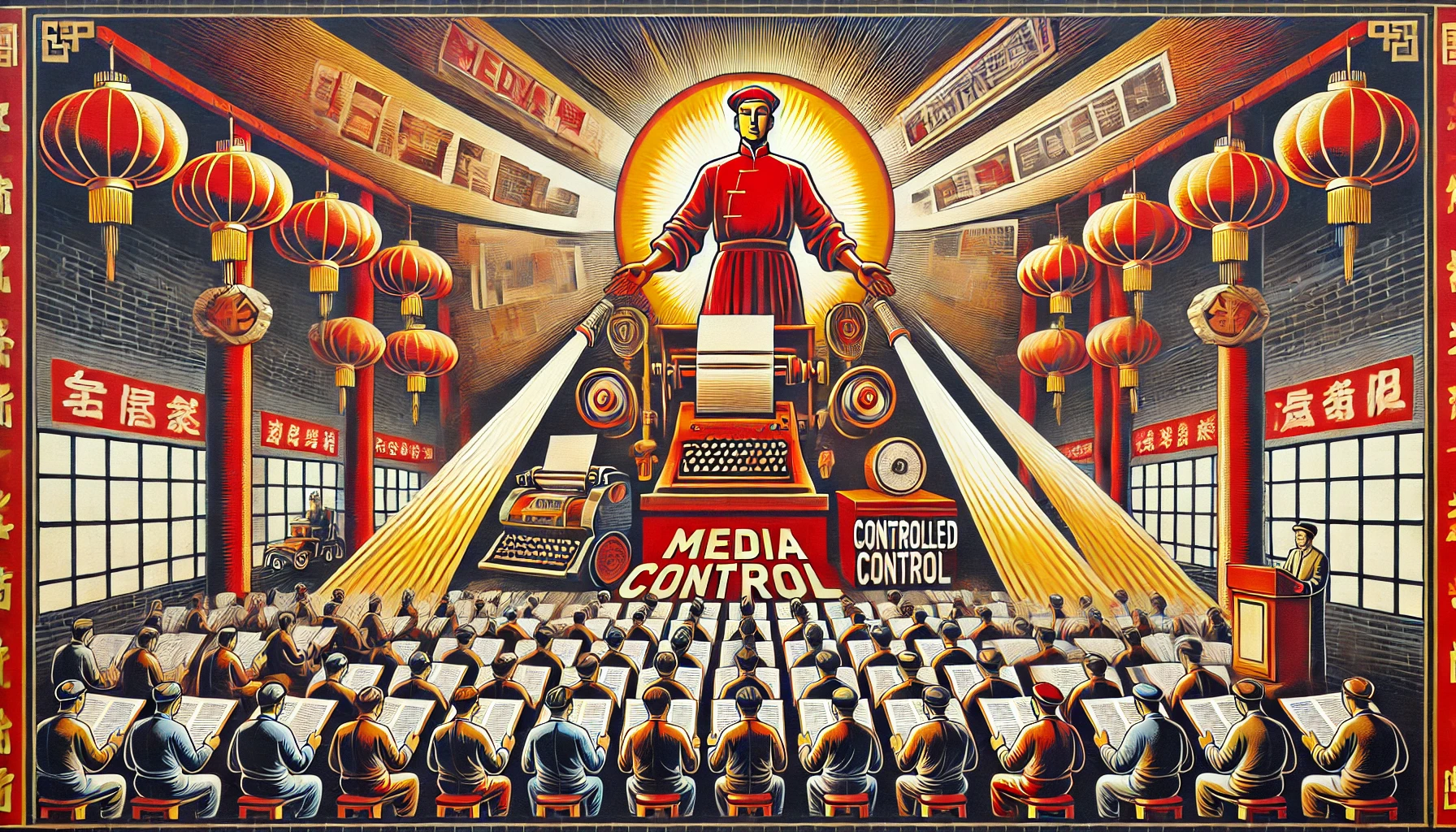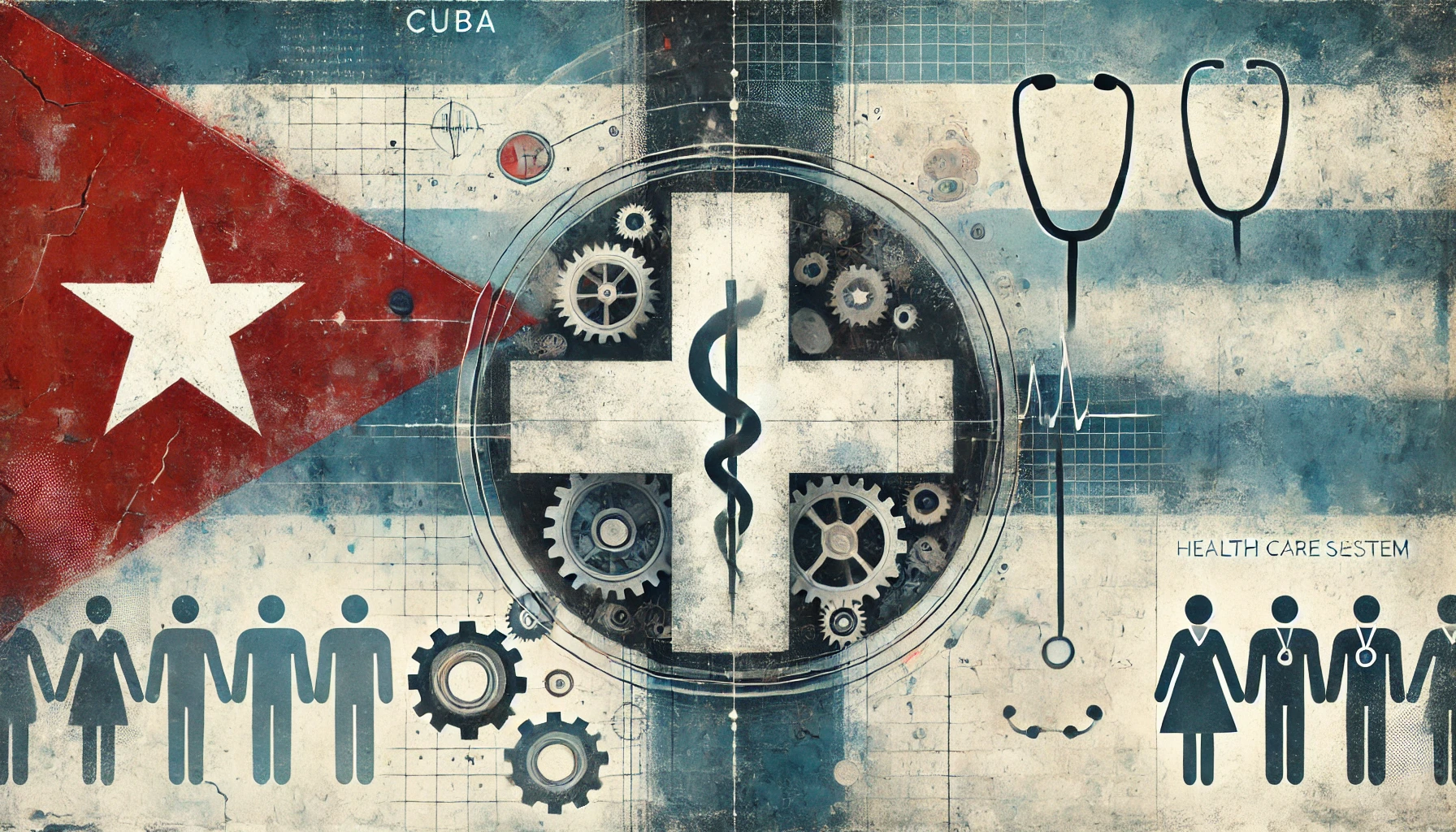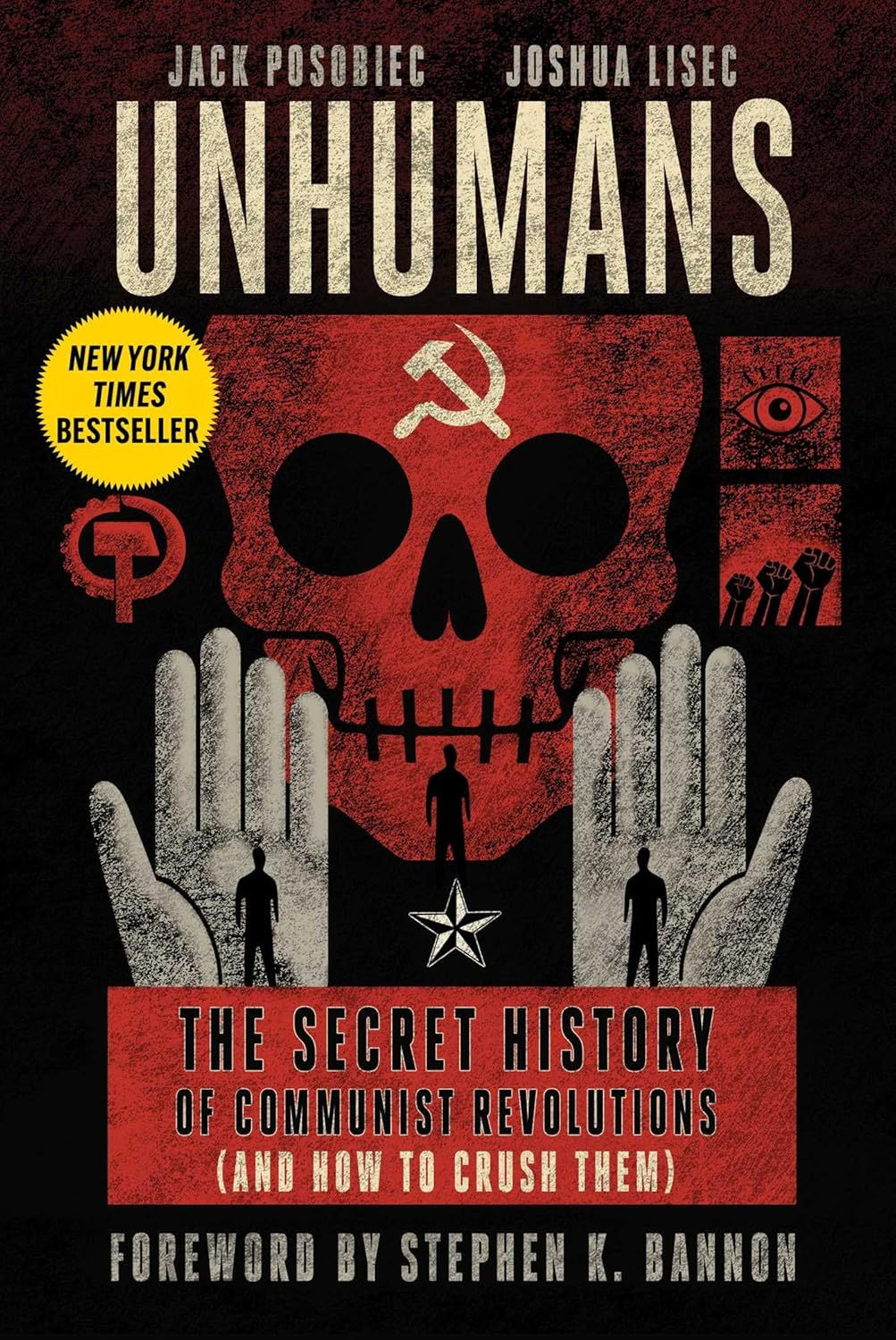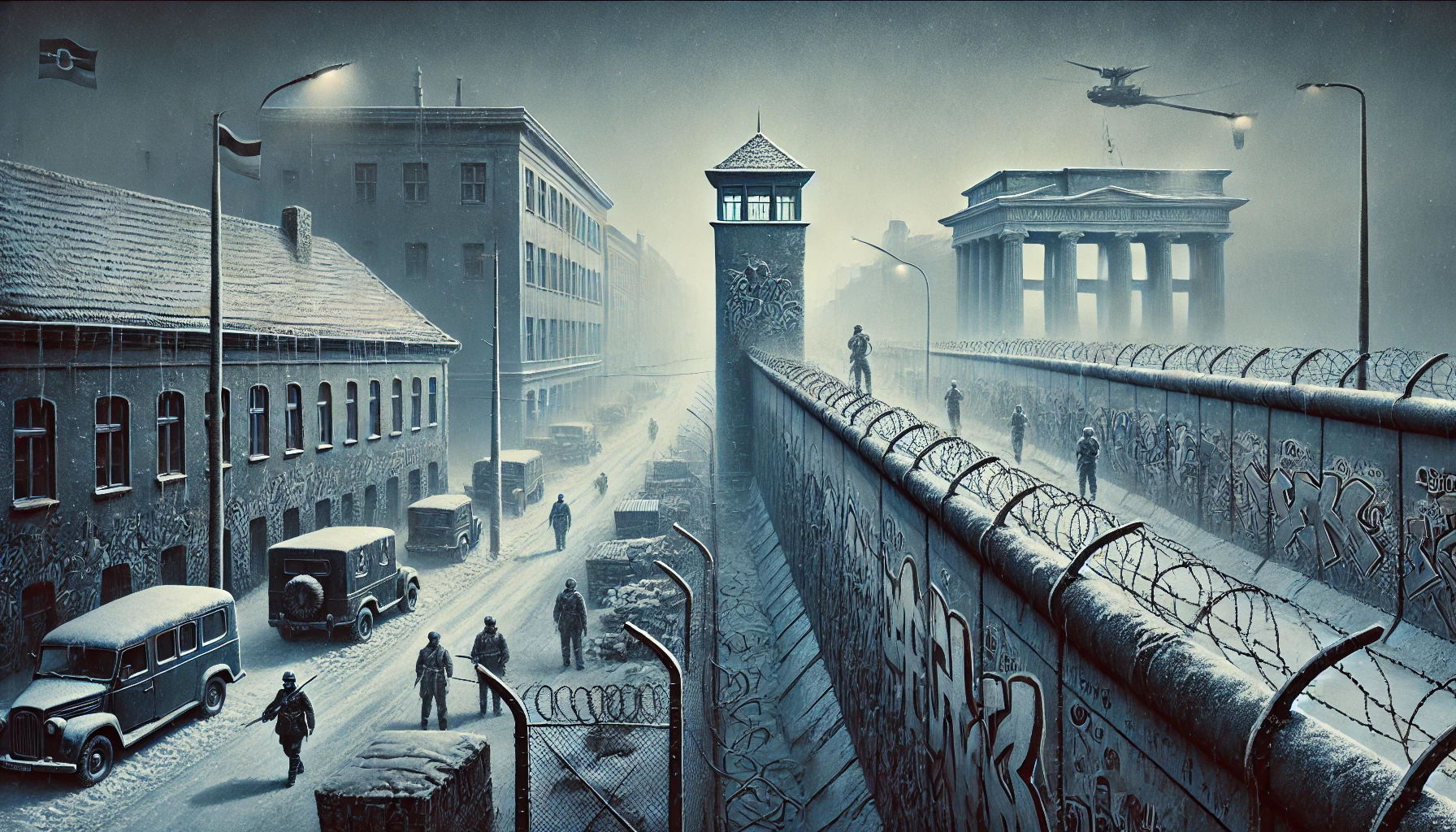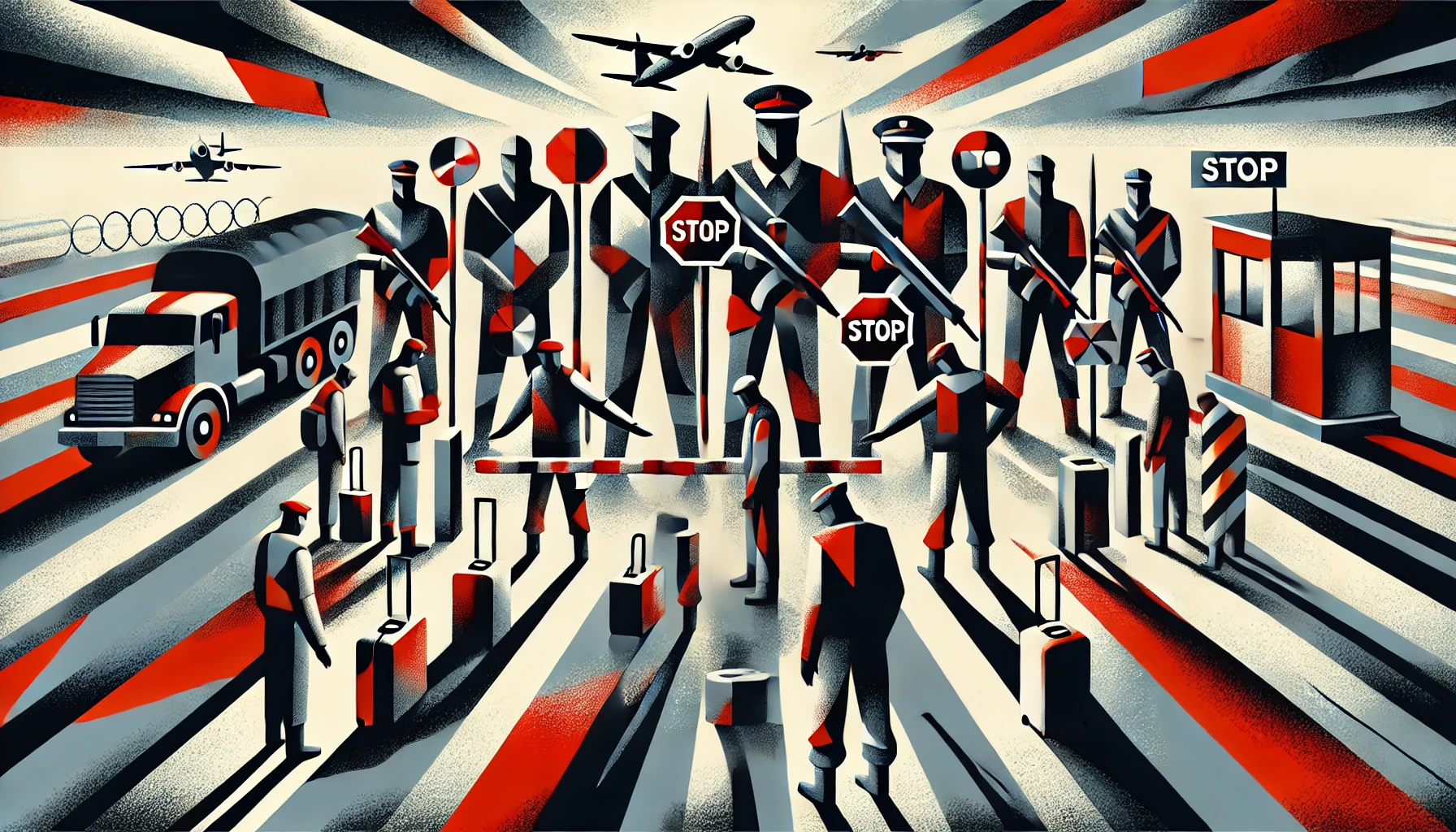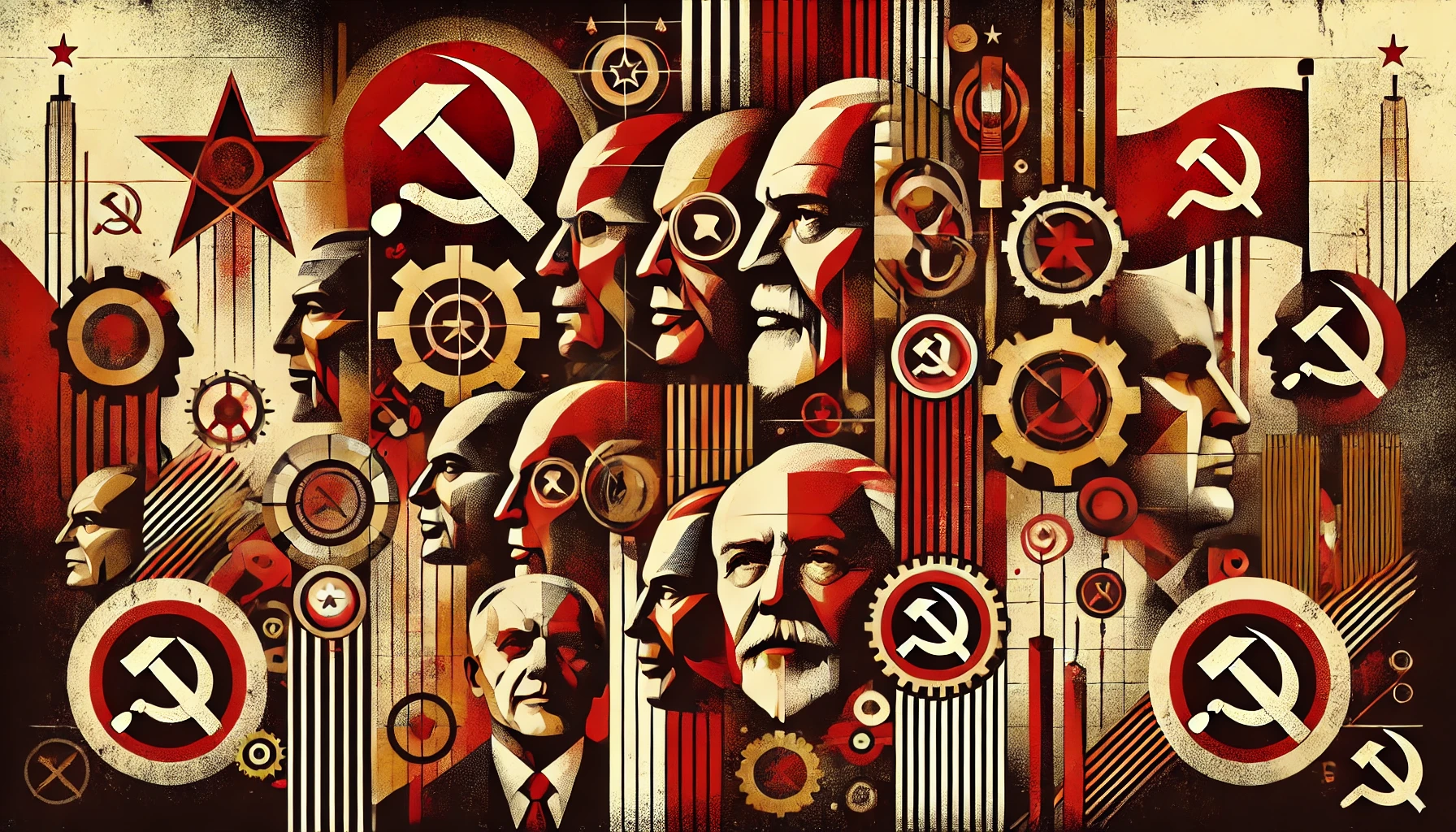Here is a comprehensive historical analysis of Mao Zedong Thought and its evolution:
Mao Zedong Thought and its Evolution
Origins and Early Development (1920s-1930s)
Mao Zedong Thought has its roots in the Marxist-Leninist ideology that Mao was exposed to in the early 1920s. After the failure of the Communist-Nationalist alliance in 1927, Mao pioneered the idea of basing revolution on the rural peasantry rather than the urban proletariat, a departure from orthodox Marxism.[1] During the Chinese Civil War in the 1930s, Mao further developed his theories of guerilla warfare and mobilizing the peasant masses through political indoctrination.[2]
Sino-Japanese War and Chinese Civil War (1937-1949)
The Sino-Japanese War from 1937-1945 gave the Chinese Communist Party (CCP) an opportunity to expand its influence. Mao’s strategy of establishing rural strongholds and gradually encircling cities proved effective against the Japanese and later against the Nationalists in the resumed civil war from 1946-1949.[3] Mao’s cult of personality also began to emerge in this period, with him positioned as the supreme interpreter of Marxism-Leninism and undisputed leader of the revolution.[4]
Early People’s Republic Era (1949-1956)
After the CCP’s victory in 1949, Mao sought to rapidly transform China into a socialist society through agricultural collectivization, nationalization of industry, and ideological remolding.[5] Mao’s authority was absolute and dissent was harshly suppressed. However, the First Five Year Plan based on the Soviet model delivered mixed results and led to Mao being sidelined in favor of pragmatists like Liu Shaoqi in the mid-1950s.[6]
The Great Leap Forward and Aftermath (1958-1965)
Mao launched the Great Leap Forward in 1958 to accelerate economic development and propel China to full communism. His radical policies of deep collectivization, backyard furnaces, and impossible production quotas led to economic catastrophe and a massive famine that killed an estimated 18-55 million people.[7][8] Mao was again forced to retreat from day-to-day governance in the early 1960s but remained determined to assert his vision.[9]
The Cultural Revolution (1966-1976)
Fearing “capitalist restoration” and loss of his own power, Mao launched the Cultural Revolution in 1966 to purge his rivals, re-impose ideological orthodoxy, and further the personality cult around himself.[10] Militant Red Guards attacked intellectuals, officials, and anyone deemed insufficiently loyal to Mao Zedong Thought. China descended into “ten years of chaos” marked by violence, destruction of cultural heritage, economic stagnation, and the persecution of millions.[11][12]
Aftermath and Legacy
After Mao’s death in 1976, the Cultural Revolution was repudiated and reformers led by Deng Xiaoping gradually steered China away from Maoist ideology.[13] However, Mao Zedong Thought remains part of the CCP’s official doctrine and Mao himself is still officially venerated, even as the disasters and crimes under his rule are acknowledged to varying degrees.[14][15] Some elements like “self-reliance” and “serving the people” are still positively invoked while others like class struggle and personality cults are downplayed or ignored. The Party continues to strictly control the historical narrative.[16]
In summary, Mao Zedong Thought evolved from an adaptation of Marxism-Leninism to Chinese conditions into a highly personal ideology that provided the rationale for Mao’s totalitarian rule and extreme policies. While it led to the victory of the CCP, it then plunged China into periods of disaster, famine, violence and stagnation under Mao’s erratic leadership. Maoist ideology still persists in CCP doctrine today but in a very selective, limited form as China has moved far from its revolutionary roots.
References:
[1] Schram, Stuart. “Mao Tse-Tung’s Thought from 1949-1976.” The Cambridge History of China, vol. 15 (1991): 1-104.
[2] Short, Philip. Mao: A Life. Macmillan, 2001.
[3] Saich, Tony. Governance and Politics of China. Palgrave Macmillan, 2004.
[4] Leese, Daniel. Mao Cult: Rhetoric and Ritual in China’s Cultural Revolution. Cambridge University Press, 2011.
[5] Teiwes, Frederick C. “Establishment and Consolidation of the New Regime.” The Cambridge History of China, vol. 14 (1987): 51-143.
[6] Lardy, Nicholas R., and Kenneth Lieberthal. Chen Yun’s Strategy for China’s Development: A Non-Maoist Alternative. M.E. Sharpe, 1983.
[7] Yang, Jisheng. Tombstone: The Great Chinese Famine, 1958-1962. Farrar, Straus and Giroux, 2008.
[8] Dikötter, Frank. Mao’s Great Famine: The History of China’s Most Devastating Catastrophe, 1958-1962. Bloomsbury Publishing, 2010.
[9] MacFarquhar, Roderick. The Origins of the Cultural Revolution, vols. 1-3. Columbia University Press, 1974-1997.
[10] MacFarquhar, Roderick, and Michael Schoenhals. Mao’s Last Revolution. Harvard University Press, 2006.
[11] Yan, Jiaqi, and Gao Gao. Turbulent Decade: A History of the Cultural Revolution. University of Hawai’i Press, 1996.
[12] Dittmer, Lowell. “Learning from Trauma: The Cultural Revolution in Post-Mao Politics.” New Perspectives on the Cultural Revolution, Harvard University Press, 1991, pp. 19-39.
[13] Vogel, Ezra F. Deng Xiaoping and the Transformation of China. Belknap Press, 2011.
[14] Barmé, Geremie. Shades of Mao: The Posthumous Cult of the Great Leader. M.E. Sharpe, 1996.
[15] Gao, Mobo. The Battle for China’s Past: Mao and the Cultural Revolution. Pluto Press, 2008.
[16] Shambaugh, David L. China’s Communist Party: Atrophy and Adaptation. University of California Press, 2008.


